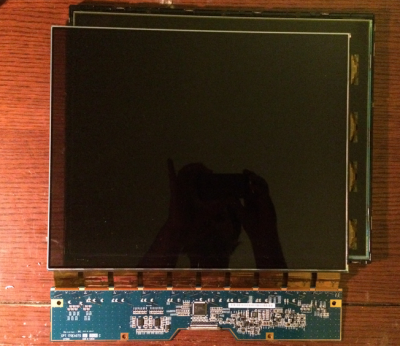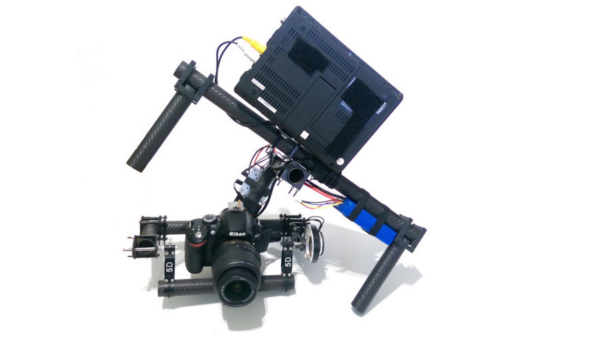This is not an LED display, it’s a thread display. The hardware artists over at Breakfast, a Brooklyn based rapid product and prototype company, built this color display that uses spools of thread for each pixel. 6,400 spools to be exact.
Serious work went into this thing, and the results couldn’t be better. Check out the video after the break to see for yourself. The trick is to increase the surface area of the spools of thread. This is done by using the spool as a pulley which guides a 5.5 foot length of “threaded fabric”. Up close, the fabric looks as if it’s just wrapped around the wooden spool, but the extra length provides enough room for 36 different colors, each blending into the next in a gradient effect. Index the location of the fabric in each pixel system and you have a wide range of color options.
The piece was commissioned by clothing retailer Forever 21 and has even been given its own website. The display pulls Instagram photos with the #F21threadscreen hashtag and displays them. You can watch a live stream for the next week, and the dedicated site has a search feature to find a recording of your own photo by username.
We must once again give credit for producing the kind of advertising we want to see. This is both interesting and awesome. It gave some talented people work producing it, and sharing the details of the build is both interesting and inspiring for us. Want to see some more interesting advertising like this? Check out that Beck’s bottle used as a phonograph cylinder, and the extreme engineering used to separate Oreos.
Continue reading “Spools Of Thread For 6,400 Pixel Color Display”





 Travis] figured out the transparent badge was actually a polarizing filter. Every standard LCD has two of them, usually bonded to the glass of the LCD itself. If you remove the filters from a LCD, you’ll get a prime view of the backlight –
Travis] figured out the transparent badge was actually a polarizing filter. Every standard LCD has two of them, usually bonded to the glass of the LCD itself. If you remove the filters from a LCD, you’ll get a prime view of the backlight – 












